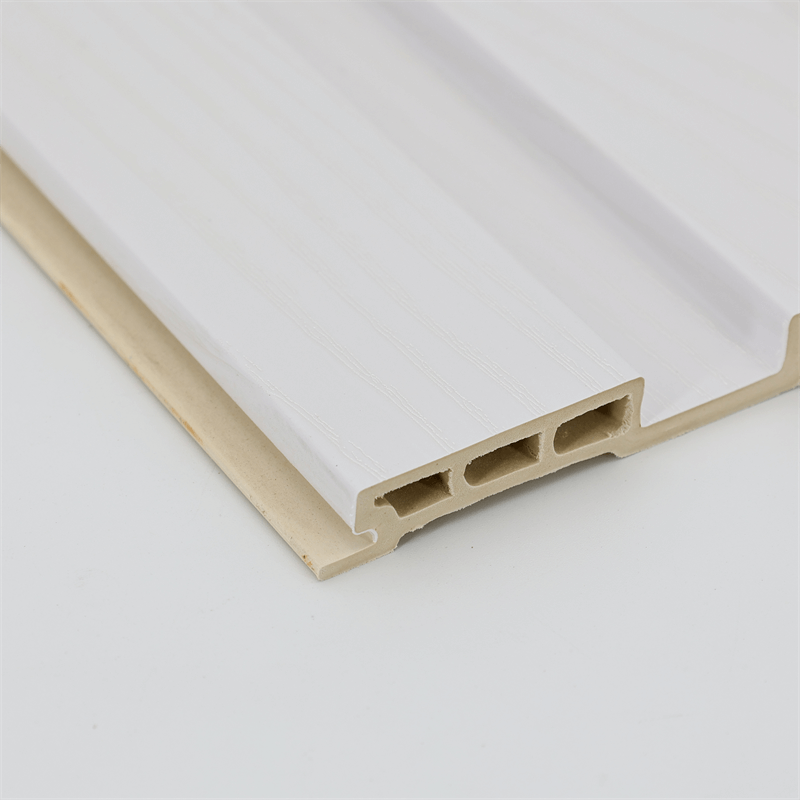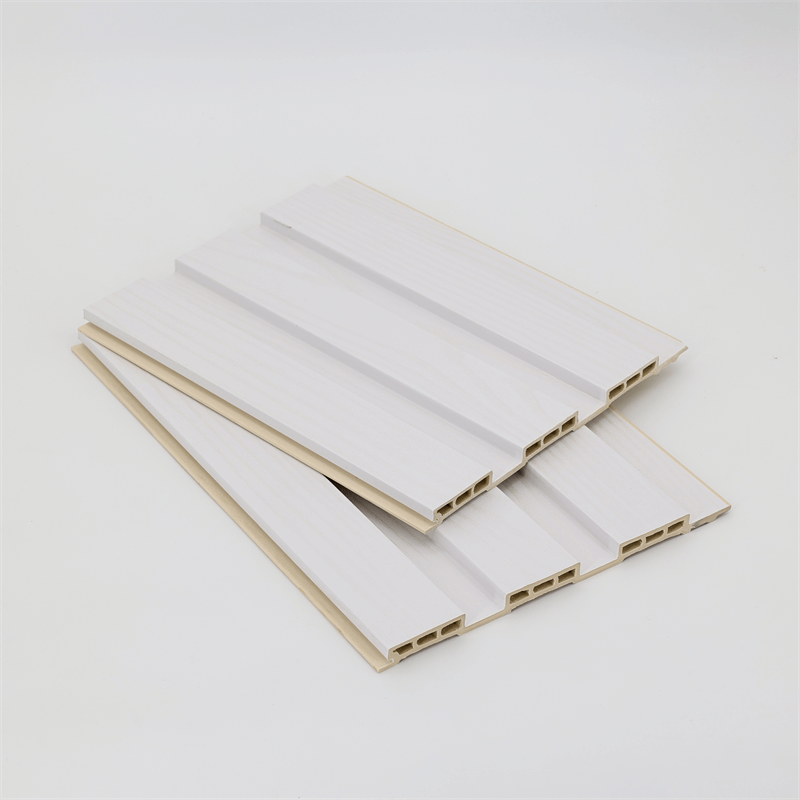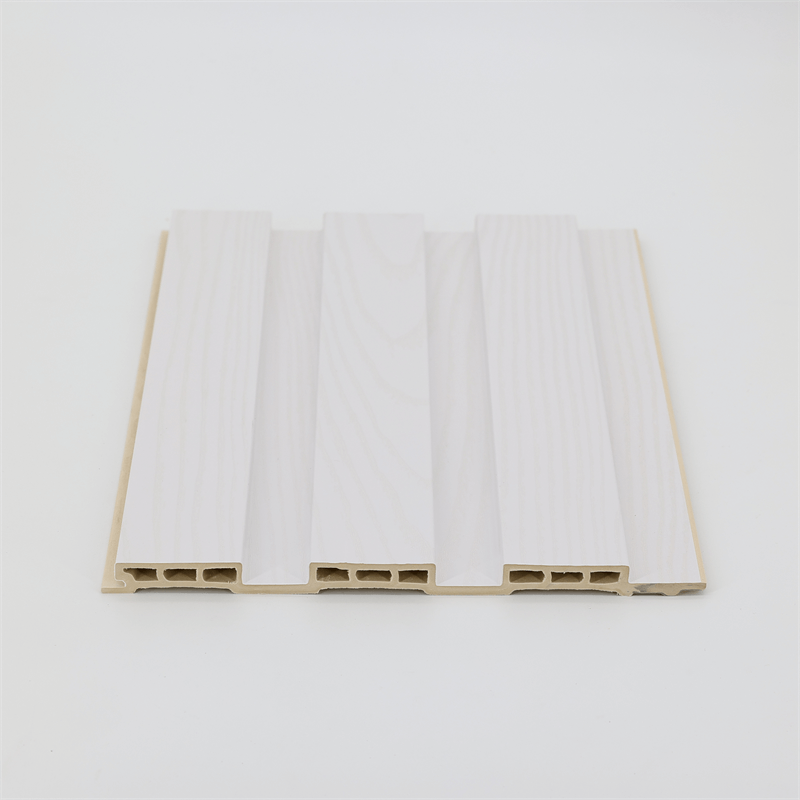Outdoor spaces play a vital role in our lives, providing a place to relax, entertain, and connect with nature.
To create visually appealing and functional outdoor environments, the choice of materials is crucial.
Wood-Plastic Composite (WPC) wall panels have emerged as a popular option for transforming outdoor spaces due to their durability, versatility, low maintenance requirements, and aesthetic appeal.
This essay explores the transformative capabilities of WPC wall panels in outdoor settings, focusing on four key aspects: enhancing aesthetics, creating functional spaces, promoting sustainability, and ensuring longevity.
I. Enhancing Aesthetics: Natural Beauty and Design Versatility
WPC wall panels offer a wide range of design possibilities, enabling the transformation of outdoor spaces into visually stunning areas.
The panels often mimic the natural beauty of wood, providing warmth and character to outdoor settings.
With various finishes, textures, and colors available, WPC panels allow for customization and creativity in design.
Whether creating a rustic, contemporary, or tropical ambiance, these panels can be tailored to suit different styles and preferences.
They can be used as cladding for walls, fences, or privacy screens, adding depth and visual interest to outdoor spaces.
Moreover, WPC panels can be combined with other materials such as stone, glass, or metal to create striking visual contrasts and unique design features.
The design versatility of WPC wall panels allows for the creation of outdoor spaces that reflect individual tastes and complement the surrounding environment.
II. Creating Functional Spaces: Privacy, Protection, and Comfort
WPC wall panels not only enhance the aesthetics of outdoor spaces but also contribute to their functionality.
These panels can be used to create partitions, fences, or screens, providing privacy and defining separate areas within a larger space.
Privacy screens made from WPC panels offer a contemporary and stylish alternative to traditional materials.
They effectively block the view from outside while still allowing airflow, creating a sense of seclusion and intimacy in outdoor living areas.
WPC panels also provide protection from external elements, such as wind, rain, or excessive sunlight.
When used as cladding for exterior walls, they act as a protective barrier, preventing moisture infiltration and minimizing weathering effects.
Additionally, the UV resistance of WPC panels ensures their color stability and minimizes fading, maintaining their visual appeal over time.
Furthermore, WPC wall panels contribute to the comfort of outdoor spaces by reducing noise transmission.
Their dense composition and ability to absorb sound waves make them effective in creating quieter and more serene environments.
III. Promoting Sustainability: Eco-Friendly Outdoor Solutions
Sustainability is a key consideration in modern outdoor design. WPC wall panels offer an eco-friendly alternative to traditional materials, promoting sustainable practices in outdoor spaces.
The composition of WPC panels, which combines recycled wood fibers and plastic polymers, reduces the demand for virgin resources and diverts waste from landfills.
By utilizing recycled materials, WPC panels contribute to the conservation of natural resources and the reduction of environmental impact.
Additionally, the manufacturing process of WPC panels requires less energy compared to the production of traditional wood products.
This energy efficiency, combined with the use of recycled materials, helps minimize greenhouse gas emissions and carbon footprint.
Furthermore, the durability and longevity of WPC wall panels make them a sustainable choice. Unlike wood, they are resistant to rot, decay, and insect damage, reducing the need for frequent replacements.
This durability translates into reduced waste generation and promotes long-term sustainability in outdoor spaces.
IV. Ensuring Longevity: Low Maintenance and Weather Resistance
Outdoor spaces require materials that can withstand the challenges of weather and environmental exposure.
WPC wall panels excel in this regard, offering long-term performance and requiring minimal maintenance.
Unlike natural wood, WPC panels do not warp, crack, or splinter when exposed to moisture, temperature fluctuations, or sunlight.
Their inherent resistance to rot, decay, and pests ensures their durability and longevity, even in harsh outdoor conditions.
Maintaining WPC panels is simple and hassle-free. Regular cleaning with mild soap and water is usually sufficient to remove dirt or stains.
The panels do not require staining, sealing, or painting, saving time, effort, and resources in maintenance tasks.

WPC wall panels have the transformative power to elevate outdoor spaces, offering a blend of aesthetics, functionality, sustainability, and longevity.
Their natural beauty, design versatility, and customization options enable the creation of visually appealing outdoor environments that reflect individual styles and preferences.
Moreover, WPC panels contribute to the functionality of outdoor spaces by providing privacy, protection, and comfort.
They can be used as partitions, fences, or screens, defining areas and enhancing the overall experience.
The use of WPC wall panels in outdoor design promotes sustainability by utilizing recycled materials, reducing resource consumption, and minimizing waste generation.
Their durability, weather resistance, and low maintenance requirements ensure long-lasting performance and contribute to sustainable practices.
By embracing the transformative capabilities of WPC wall panels, architects, designers, and homeowners can create outdoor spaces that are not only visually captivating but also functional, sustainable, and built to withstand the test of time.


